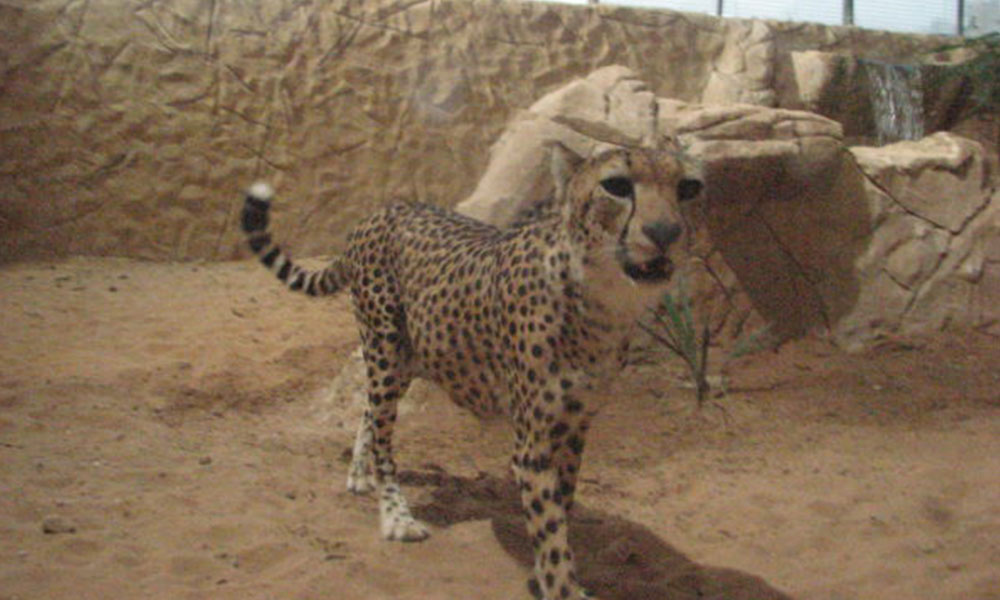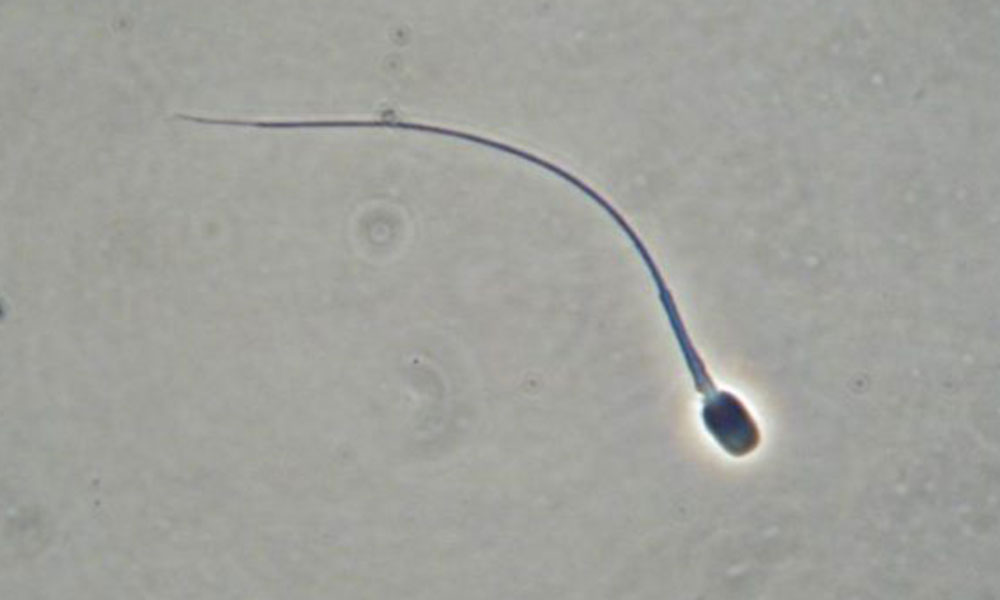The Decline of Wild Cheetah Genetic Diversity and a Surprise from Successful Sires
-

- by Dr. Laurie Marker August 19, 2016

I have worked in collaborated with leading geneticist, Dr. Stephen O’Brien, and collaborators from the Smithsonian Institute team for over 30 years now. Our most recent study published in Biological Conservation, an international leading journal in the discipline of conservation biology, from July 2016 has revealed some new and interesting information about captive cheetah genetics. The cheetah is unique in that it is a genetically bottle-necked species with little inherent genetic diversity. It was unknown until recently what impact the continued decline of wild cheetah populations is having on their ability to reproduce successfully. It was presumed that the enormous loss of animal numbers the cheetah has faced, this past century alone, would have profound and added negative effects on individual genetic diversity and reproduction. To investigate this, we looked at over 30 years of breeding data, male reproductive traits, and genetic samples to assess the effect of population decline and levels of inbreeding in the U.S. captive and wild Namibian cheetahs.

Following DNA analysis, we found evidence of inbreeding and significant loss of genetic diversity within the wild Namibian cheetah population over the past 30 years. However, genetic diversity in U.S. captive cheetahs was maintained and showed no evidence of inbreeding. Not surprisingly, we also found that male reproductive characteristics were no different among the inbred wild populations vs. the carefully bred captive animals. We were stunned to learn that male cheetahs who successfully produced offspring were shown to have less genetic diversity than their unsuccessful male counterparts. In addition, male reproductive traits, such as semen quality, seemed to have remained stable in the face of continued population declines.
Our collaborative team of researchers think this suggests that the genetics contributing to successful breeding in males have dominated small isolated cheetah populations and that poor male breeding characteristics, such as poor semen quality, have been deeply integrated into the cheetah’s DNA and unaffected by the recent population decline.

Many questions remain about what biological traits contribute to reproductive success in male cheetahs and what impact these recent findings will have on the ability of the wild cheetah to survive while facing unprecedented and continued loss of genetic diversity. However, these findings do emphasize the importance of maintaining and preserving uncommon genetic lines, in the event that they hold the genetic keys to improving reproductive success and potentially conserving the species. The future of the cheetah not only depends on habitat protection, but also on our ability to help maximize reproductive success with captive and wild cheetahs to maintain genetic diversity. We now know that the managed captive cheetah breeding programs are beginning to have success in maintaining genetic diversity. Consequently, as we look for ways to ensure the sustainability of wild cheetah populations, we will likely need conservation breeding programs to work closely with habitat conservation programs to achieve one common genetic goal… survival of this extraordinary animal, the cheetah.
Read the full study here:
Related Reading
-
August 27, 2025
Sniffing Out Stories with the Scat Detection Dog Team




